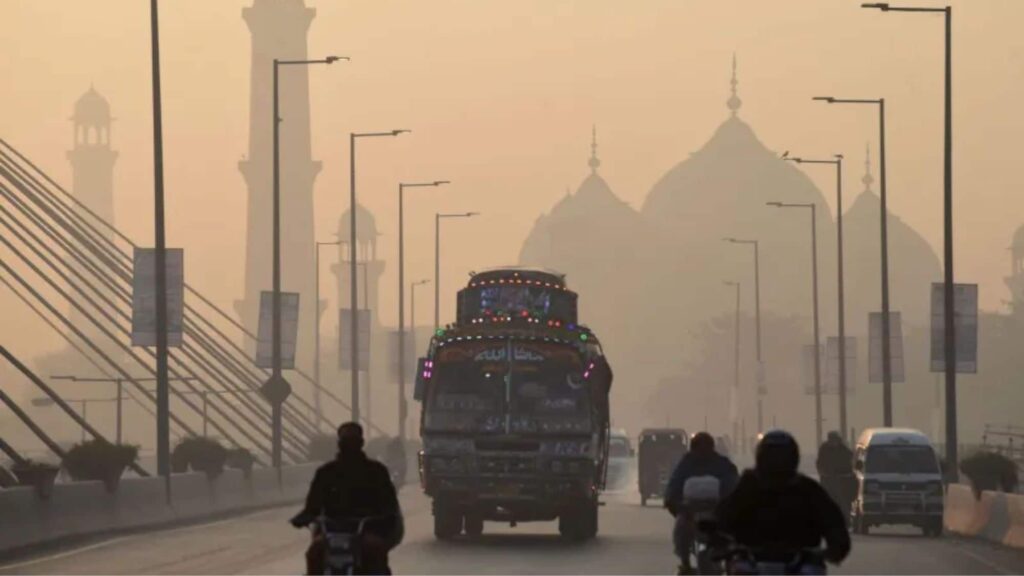Air pollution has emerged as a critical challenge in urban environments globally, and Lahore, Pakistan, is no exception. The city has recently been enveloped in hazardous smog, raising alarming concerns among environmental officials and citizens alike. Jahangir Anwar, a senior official from the Lahore Environmental Protection Agency, emphasized the severity of the situation, stating, “We have never reached levels as high as 1,000.” This pressing issue highlights the urgent need for effective measures and a comprehensive understanding of air quality factors in Lahore.
Understanding Lahore’s Air Pollution Crisis
Lahore, one of the most populous cities in Pakistan, frequently experiences high levels of air pollution, particularly during the winter months. The city’s pollution problem is a multifaceted issue influenced by various sources:
Key Contributors to Air Pollution
| Pollutant Source | Description |
|---|---|
| Vehicle Emissions | Exhaust fumes from cars and trucks contribute significantly to air quality degradation. |
| Burning of Crop Residue | Farmers often burn leftover straw after harvesting, releasing large amounts of particulate matter and harmful gases. |
| Industrial Discharges | Factories in and around Lahore emit pollutants that further contaminate the air. |
| Weather Patterns | Cold weather contributes to the stagnation of air, trapping pollutants and creating smog. |
Health Implications of Poor Air Quality
The repercussions of air pollution extend beyond environmental degradation. Lahore’s deteriorating air quality poses serious health risks to its residents:
- Respiratory Issues: Increased asthma and bronchitis cases among the population.
- Cardiovascular Diseases: Higher rates of heart diseases linked to long-term exposure to air pollutants.
- Premature Deaths: Studies have shown a correlation between high pollution levels and increased mortality rates.
Mitigation Strategies for Lahore
Addressing air pollution in Lahore requires a multi-pronged approach involving policy changes, community engagement, and technological advancements:
Government Initiatives
The local government is taking steps to combat the pollution crisis. Some of their strategies include:
- Enforcing regulations on vehicle emissions.
- Promoting public transportation to reduce the number of private vehicles on the road.
- Implementing penalties for agricultural burning.
Community Engagement
Raising awareness in the community is vital. Educational campaigns can encourage residents to:
- Plant trees to improve air quality.
- Participate in campaigns against crop burning.
- Utilize public transport to reduce traffic congestion.
Conclusion
The air pollution crisis in Lahore is a dire issue that demands immediate attention and action from both the government and the populace. With a combination of effective policies, community involvement, and individual responsibility, there is hope for a cleaner, healthier future for Lahore. By addressing the pollution sources and raising public awareness, the city can aspire to achieve improved air quality, safeguarding the health and well-being of its residents.
